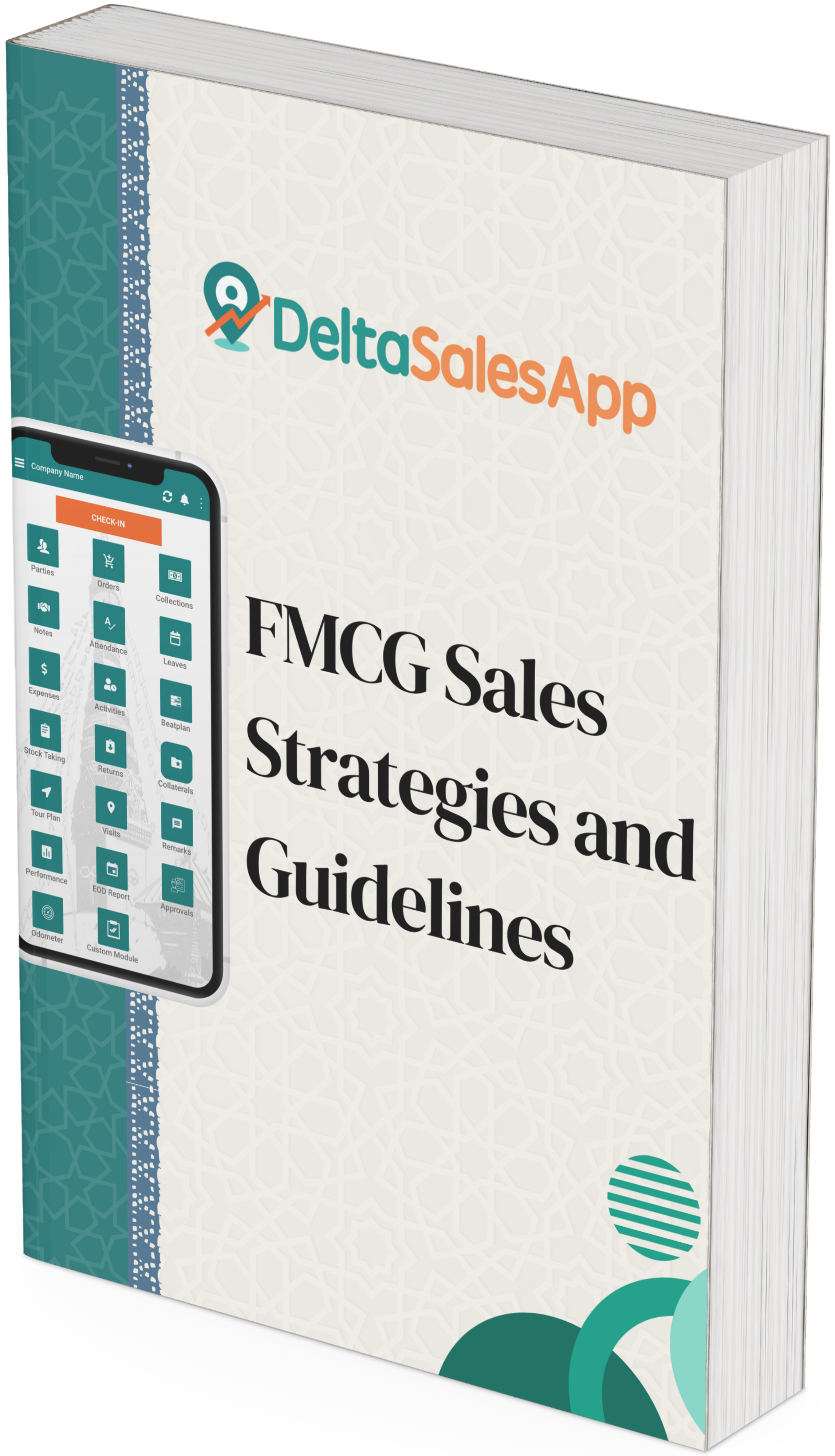Optimizing Workforce Management: Key Strategies For Success

Managing a large and flexible workforce can be a daunting challenge for businesses across industries. As companies strive to streamline operations, improve team coordination, and drive performance, having an effective workforce management (WFM) solution becomes critical. This solution not only supports team leaders and managers but also ensures that employees can carry out their tasks efficiently. Whether you're in charge of managing field reps or overseeing a team of contractors, the right WFM system can help you stay organized, improve productivity, and make data-driven decisions.
The Workforce Management Challenges Businesses Face Today
In today’s competitive business landscape, managing a diverse and ever-changing workforce can be difficult. The typical challenges that companies face with workforce management include:
Balancing Stakeholder Needs—Managers are responsible for distributing work, tracking completion, and analyzing results while keeping other stakeholders in mind.
Ease of Use for Reps—Reps require systems that are simple to use and help them get their tasks done without hassle. An easy-to-use platform can save time, reduce errors, and improve job satisfaction.
Client and Report Management—Clients want reports delivered in formats that help them make informed decisions. Ensuring that the right data reaches the right people is vital for success.
The complexity increases when managing larger teams and multiple projects across various regions. As teams grow, it becomes harder to ensure the right people are in the right place at the right time. More stakeholders and larger teams mean greater challenges in resource allocation and maintaining consistency across locations.
The core of the problem for many businesses lies in their inability to scale their operations to accommodate the complexities of larger teams, diverse projects, and different locations. The need to track activities and ensure high-quality data and reporting only adds to the difficulty.

Why Invest in a Workforce Management Solution?
In response to these challenges, a comprehensive workforce management solution can be a game-changer. This solution is designed to streamline operations and bring together the various functions that need to be managed, such as scheduling, activity tracking, and reporting. A well-designed WFM system will simplify the complexities of managing diverse teams, boost efficiency, and help ensure the highest quality results.
Companies are increasingly turning to WFM tools to address three main needs:
Scalability and Efficiency—With growth comes complexity. Companies need a system that can grow with their operations, helping them scale efficiently. A WFM tool allows businesses to handle a large number of reps, clients, and projects without losing track of key metrics.
Improved Workforce Visibility—Monitoring reps in real-time and tracking their activities is crucial for maintaining productivity. A workforce management solution can provide managers with insights into how reps are spending their time, which helps make better decisions for scheduling and resource allocation.
Data-Driven Decisions—Reports are essential to ensuring that managers and clients have the information they need to make strategic decisions. A good WFM solution provides real-time access to key data that can be used for performance reviews, strategic planning, and client reporting.
The Needs of Field Reps and Client-Based Operations
For businesses that rely on field reps and external contractors, there are additional complexities. Companies such as merchandising service organizations (MSOs), marketing agencies, and third-party auditors often manage a variety of projects for different clients. The reporting needs for these businesses are particularly important, as they need to present data in a way that is both clean and timely for each client.
These organizations may deal with part-time workers or independent contractors, which brings its own set of challenges. The workforce may not always have the same level of engagement or longevity as in-house teams, meaning tracking activity and ensuring quality becomes even more critical. Managing these teams, coordinating work across multiple clients, and tracking hours and activities for billing and compensation purposes all require a robust WFM system.
By having a solution that can handle these needs—such as real-time activity tracking, secure data sharing, and reliable reporting—MSOs and similar organizations can deliver the quality their clients expect, protect their reputations, and remain competitive.
Key Features to Look for in a Workforce Management Solution
When evaluating WFM systems, it's essential to focus on key features that will ensure success:
Project and Activity Management—A WFM solution should allow managers to easily assign and track tasks across teams, locations, and clients. This includes ensuring reps are deployed to the right projects at the right time and can efficiently balance multiple tasks.
Real-Time Data Tracking—Real-time visibility into the activities of field reps is a must. This allows managers to monitor performance and productivity as it happens, ensuring that nothing falls through the cracks.
Data Quality and Reporting—A great WFM system ensures that all data is captured accurately and can be reported in a way that meets the needs of both internal stakeholders and external clients.
Ease of Use for Reps—The system must be intuitive and user-friendly for field reps. A simple interface that allows reps to log their activities and access important information will improve their efficiency and overall job satisfaction.
Flexibility and Scalability—As businesses grow, the complexity of their workforce management needs increases. A flexible and scalable system will allow the business to scale its operations while still providing efficient management and oversight.
The Road Ahead for Workforce Management Solutions
As businesses evolve, the demand for better workforce management solutions will only increase. The roadmap for future development includes improving project management capabilities, enhancing client and brand-specific reporting, and refining the ability to manage workers efficiently. These improvements will help organizations optimize reps’ time in the field, coordinate activities across multiple clients, and improve overall efficiency.
In the coming years, we can expect to see WFM solutions become even more powerful, allowing businesses to coordinate large teams better, optimize resource allocation, and make data-driven decisions. The future of workforce management lies in making complex tasks simpler, ensuring quality, and maintaining a high level of productivity across diverse teams.
Conclusion: Empowering Businesses with the Right WFM Solution
Adopting the right workforce management solution is a strategic move that can empower businesses to overcome the challenges of managing large, flexible teams. With the ability to streamline scheduling, improve communication, and enhance data reporting, a WFM tool can improve both operational efficiency and employee satisfaction. As businesses continue to grow and evolve, embracing a comprehensive workforce management system will help them stay ahead of the competition and meet the ever-changing demands of the marketplace.
By focusing on key features like real-time activity tracking, data-driven insights, and ease of use, businesses can ensure that their workforce management processes remain efficient, cost-effective, and scalable for the long term.








